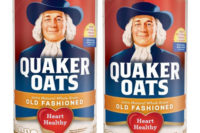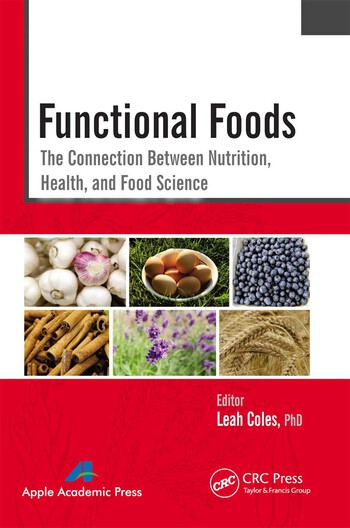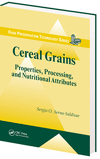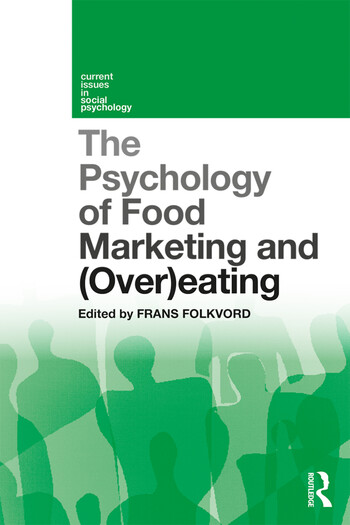Grain Digestibility and Nutrition
Researchers at the University of Illinois are using digestibility studies in pigs to improve human nutrition by determining the quality of protein in cereal grains.

In 2013, the Food and Agriculture Organization of the United Nations (FAO) recommended that a new measurement called the digestible indispensable amino acid score (DIAAS) be used to describe the protein content of foods. The DIAAS takes into account the concentration and ileal digestibility of each indispensable amino acid in the protein. Ileal digestibility studies are impractical to conduct in human subjects so animal models are often used to determine amino acid digestibility. The growing pig is the animal model recommended by FAO.
A team led by Hans H. Stein, professor of animal science at the U of I, recently published DIAAS values for eight cereal grains that may be used in human nutrition: yellow dent corn, Nutridense corn, dehulled barley, dehulled oats, polished white rice, rye, sorghum, and wheat.
"In developing countries, cereal grains may be a major source of dietary protein, especially for children," said Stein. "Determination of protein quality in cereal grains provides important information on how these products contribute to a sustainable diet."
Stein's team determined the standardized ileal digestibility of amino acids for the eight cereal grains when fed to growing pigs. Next they converted ileal digestibility values to DIAAS using a formula that compares the digestible amount of a given indispensable amino acid in one gram of the dietary protein to the digestible amount of that amino acid in 1g of the reference protein, where the reference protein is the "ideal" protein in terms of amino acid composition. The DIAAS value of the reference protein is 100.
The DIAAS values for the eight cereal grains evaluated by Stein's team were: 77 for dehulled oats, 64 for polished rice, 54 for Nutridense corn, 51 for dehulled barley, 48 for yellow dent corn, 47 for rye, 43 for wheat, and 29 for sorghum.
"In most cases, the concentrations of digestible amino acids in cereal grains are not sufficient to fulfill requirements for proper growth and development," said Stein. "What we observed is that diets based on yellow dent corn, rye, and sorghum require more amino acid supplementation than diets based on rice, dehulled oats, dehulled barley, Nutridense corn, or wheat."
He added that cereal grains and grain co-products for human consumption are usually cooked or processed before being consumed and that further work is needed to estimate the effects of food preparation and processing on protein quality.
The study, "Digestible indispensable amino acid score and digestible amino acids in eight cereal grains," was co-authored with Sarah K. Cervantes-Pahm and Yanhong Liu and published in a recent edition of the British Journal of Nutrition.
Looking for a reprint of this article?
From high-res PDFs to custom plaques, order your copy today!







